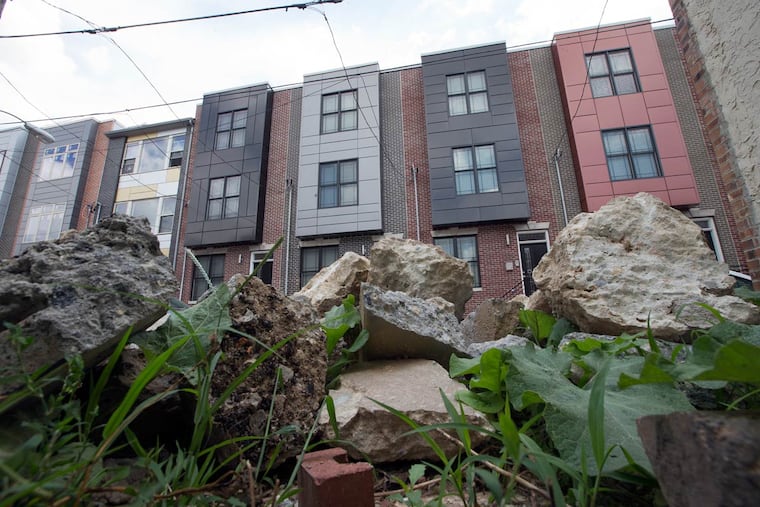Study on gentrification’s benefits for long-time residents is surprising and useful | Editorial
The findings suggest that many longtime residents and children benefit from gentrification because exposure to higher-income neighborhoods can improve mental and physical health.

Gentrification is what happens when rich developers buy up low-priced properties and build expensive housing and upscale retail stores, forcing out long-standing members of low-income neighborhoods and shredding traditions, communities, and the cultural stability of the city as a whole. That’s the established narrative that has taken hold in Philadelphia, and forms the basis for policies, programs, and laws designed to protect residents from its traumas. The narrative isn’t exactly wrong — but a new study from the Federal Reserve Bank of Philadelphia says that it’s not exactly right, either.
Studying detailed census tract information dating back to 2000 to 2014, Fed researcher Davin Reed, along with University of Chicago researcher Quentin Brummet, analyzed neighborhoods in the 100 largest metro areas, tracking mobility and its impact on rent, income, and employment. The study says it provides the first causal evidence of how gentrification — which it defines as an increase in college-educated people’s demand for housing in initially low-income city neighborhoods — affects original neighborhood residents.
The findings suggest that many longtime residents and children benefit from gentrification because exposure to higher-income neighborhoods can improve mental and physical health and increase long-term education attainment of children. Reducing children’s exposure to poverty increases their exposure to neighborhood education and employment levels, and hence creates economic opportunity.
Another surprising finding: Gentrification is not causing that many people to move from changing neighborhoods. The researchers says mobility in low-income, non-gentrifying neighborhoods is already high — at 68 percent — and that number is only slightly higher in gentrifying neighborhoods.
The study also challenges another piece of conventional wisdom — that Philadelphia is at the epicenter of gentrification. Among the most populous cities in the study, Washington ranks first, with more than 43 percent of its 151 gentrifiable tracts gentrifying. In Boston, 22.6 percent of its qualifying tracts are gentrifying. In Philadelphia, that rate is 11.4. (Though we do rank high in number of gentrifiable neighborhoods changing as a share of the city.)
This is not to say gentrification isn’t a critical issue. Even if people aren’t being physically displaced, longtime residents of gentrifying neighborhoods can experience cultural and community displacement, which can indeed tear the threads of community and impact the well-being of residents.
The study should be an important tool in helping to identify and shape the city’s response to gentrification. For example, we can increase the priority on helping families stay in their neighborhoods so they can benefit. The city already does a good job with property tax programs for longtime homeowners, but that tends to overlook the renters. This also elevates the importance of fixing the city’s Land Bank so there is greater access for low-income people to invest and improve neighborhoods.
Gentrification is a complicated issue — one that often absorbs harder-to-talk-about subjects like race. Lawmakers and policymakers who rely on anecdotal evidence, who talk only to the people who are expressing fear or anger about living amid change, now can have a fuller picture of what that change can mean.